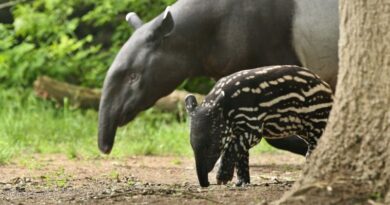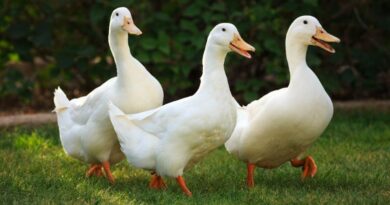In our world, biodiversity is a delicate balance, and unfortunately, some species are on the brink of extinction. Explore the plight of seven of the most endangered species, each facing unique challenges that threaten their existence. From iconic mammals like the Sumatran orangutan and the Javan rhinoceros to lesser-known species like the vaquita, the world’s smallest porpoise, discover the critical factors contributing to their endangered status. This exploration sheds light on the urgent need for conservation efforts to protect these species and highlights the interconnectedness of ecosystems. Join us in raising awareness about these vulnerable creatures and the importance of preserving our planet’s diverse and irreplaceable wildlife.
Most Endangered Species
Amur Luipaard (Panthera pardus orientalis)
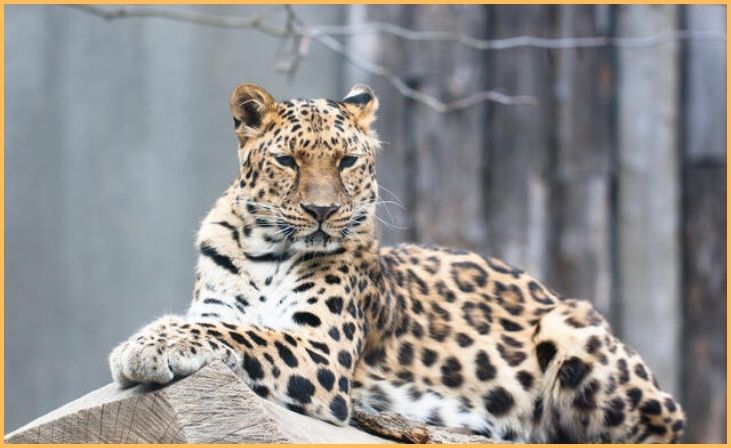
The Amur leopard stands critically endangered, with a mere 80 individuals remaining in the wild. Habitat loss and poaching emerge as the primary threats to this majestic big cat. As its natural habitats dwindle and illegal hunting persists, urgent efforts are underway to preserve this critically endangered species. Conservation initiatives aim to address both habitat restoration and anti-poaching measures, recognizing the pivotal role of the Amur leopard in maintaining ecological balance.
Collaborative endeavors involving wildlife protection organizations and governmental bodies offer hope for the survival of this rare feline species. The plight of the Amur leopard underscores the pressing need for global attention and concerted actions to safeguard endangered species and their habitats, ensuring a sustainable future for these remarkable creatures.
Read Also: 10 Types of Wild Dogs: Exploring the Diversity of Canine Species
Javaanse Neushoorn (Rhinoceros sondaicus)
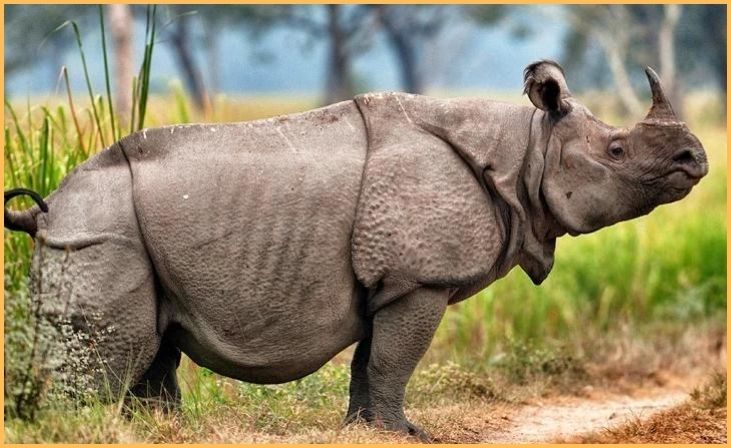
The Javan Rhinoceros (Rhinoceros sondaicus) is a critically endangered species inhabiting Indonesia and Vietnam. With a population of fewer than 70 individuals, it faces imminent threats primarily due to habitat loss. As one of the rarest rhinoceros species, the Javan rhino prefers lowland rainforests, but extensive deforestation has drastically reduced its suitable habitat. Conservation efforts are hindered by the challenges of protecting these elusive creatures in their dense forest environment.
Additionally, their small population size makes them highly susceptible to natural disasters and diseases. The Javan rhino’s precarious status emphasizes the urgent need for comprehensive conservation strategies to safeguard the remaining individuals and preserve their diminishing habitat, ensuring the survival of this critically endangered species for future generations.
Vaquita (Phocoena sinus)
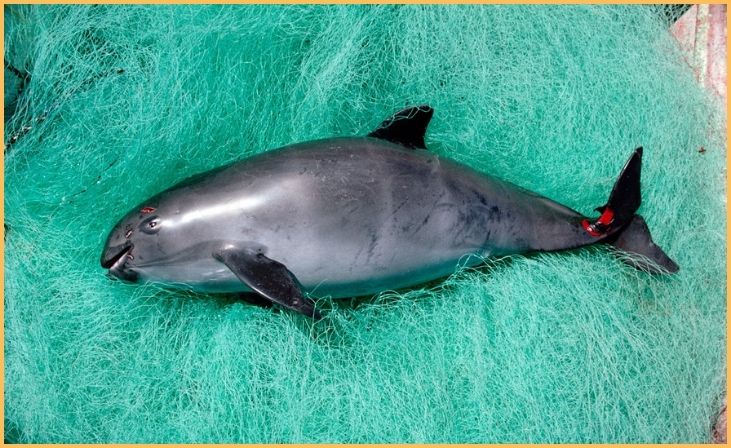
The Vaquita (Phocoena sinus) stands on the brink of extinction as the world’s rarest marine mammal, with less than 10 individuals remaining. Inhabiting the Gulf of California, this small porpoise faces a grave threat from illegal fishing practices, particularly the use of gillnets to capture another endangered species, the totoaba fish. Accidental entanglement in these nets has led to a rapid decline in the vaquita population. Despite international conservation efforts and bans on gillnet fishing, the vaquita’s future remains uncertain.
The urgency to save this species is underscored by the critical need to address illegal fishing, enforce regulations, and develop alternative sustainable fishing methods to prevent the vaquita from vanishing altogether. Time is of the essence in preserving the Gulf of California’s unique marine biodiversity and ensuring the survival of the vaquita.
Sumatraanse Orang-oetan (Pongo abelii)
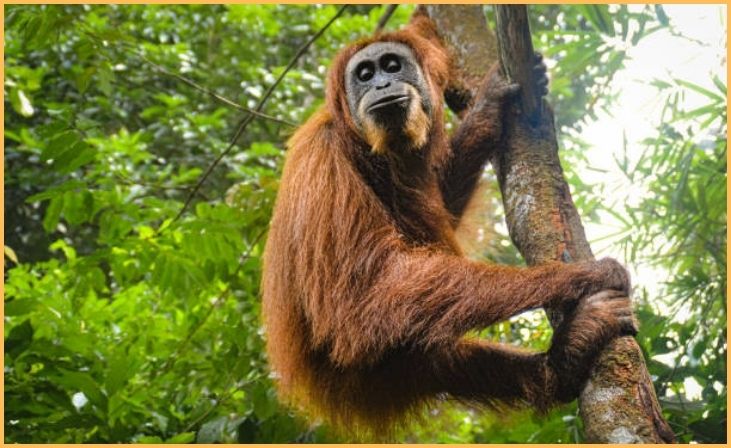
The Sumatran Orangutan (Pongo abelii) faces a precarious existence, listed as endangered with approximately 14,000 individuals left. Native to the island of Sumatra in Indonesia, these great apes confront severe threats primarily from rapid deforestation and illegal hunting. The destruction of their habitat due to logging, palm oil plantations, and human encroachment significantly endangers their survival. The Sumatran orangutan’s slow reproductive rate exacerbates the challenges, making it harder for the population to recover.
Conservation initiatives aim to protect their remaining habitats, combat poaching, and engage local communities in sustainable practices. The fate of the Sumatran orangutan reflects the broader need for concerted efforts in conservation and sustainable land use practices to ensure the continued existence of this unique and critically endangered species.
Noordelijke Witte Neushoorn (Ceratotherium simum cottoni)
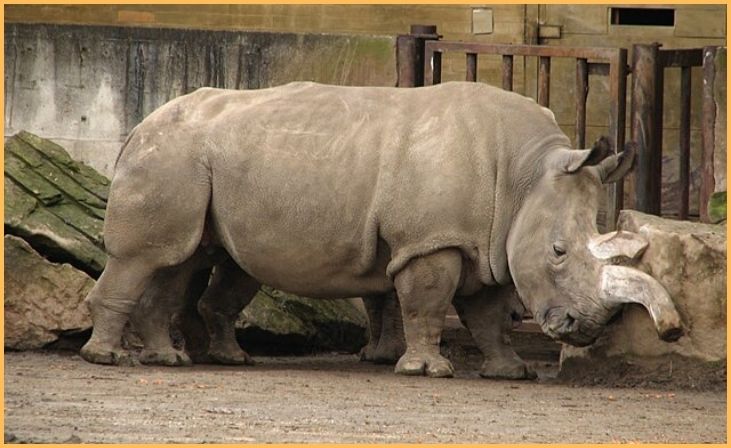
The Northern White Rhinoceros (Ceratotherium simum cottoni) teeters on the edge of extinction, with only a few individuals remaining. Once native to central and eastern Africa, this subspecies of white rhino has been decimated by poaching for its horns. By the early 2000s, only a handful survived, and conservation efforts have faced immense challenges. The death of the last male in 2018 left only two females, posing a critical threat to the genetic diversity necessary for survival.
Scientific interventions, such as in vitro fertilization, offer a glimmer of hope, but the situation remains dire. The plight of the Northern White Rhinoceros underscores the urgent need for intensified anti-poaching measures, habitat protection, and innovative conservation strategies to prevent the complete loss of this magnificent species.
Cross River Gorilla (Gorilla gorilla diehli)
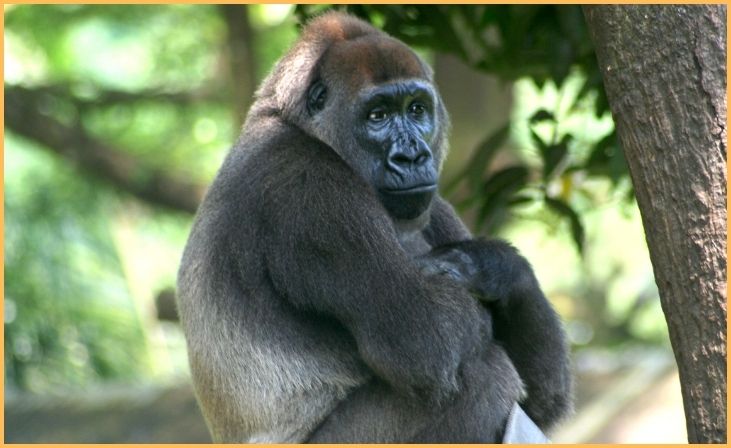
The Cross River Gorilla (Gorilla gorilla diehli) is a critically endangered subspecies, with fewer than 300 individuals remaining in the border region between Nigeria and Cameroon. Habitat loss, driven by human activities such as logging and agriculture, coupled with hunting and poaching, poses severe threats to their survival. These gorillas inhabit a fragmented landscape, making it challenging for them to find suitable habitats and mate with other groups, further endangering their genetic diversity.
Conservation efforts focus on protecting their remaining habitats, establishing wildlife corridors, and engaging local communities in sustainable practices. The Cross River Gorilla’s survival hinges on collaborative initiatives that address both the immediate threats and the long-term preservation of their habitat, emphasizing the critical need for international cooperation to secure the future of this unique and endangered primate.
Read Also: 10 Magnificent Giants: The Largest Birds on Earth
Karetschildpad (Eretmochelys imbricata)
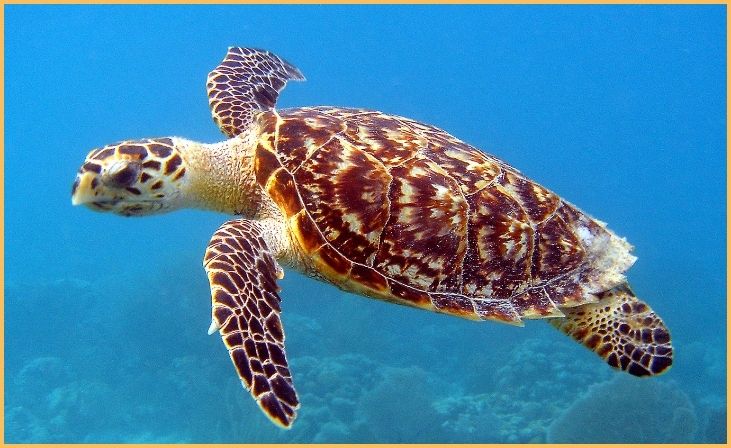
The Hawksbill Turtle (Eretmochelys imbricata) is a critically endangered species known for its striking shell, and it faces numerous threats that jeopardize its existence. Inhabiting tropical and subtropical oceans, hawksbill turtles are particularly vulnerable to habitat destruction, hunting, and the illegal trade of their unique shell products. Their shells, coveted for their ornate patterns, drive poaching despite international protection efforts. Additionally, climate change poses a threat by influencing the sex ratio of hatchlings in their nests.
Conservation initiatives focus on safeguarding nesting sites, implementing anti-poaching measures, and raising awareness about the importance of preserving these remarkable marine creatures. The survival of the Hawksbill Turtle depends on global collaboration to address the interconnected issues of habitat protection, climate change mitigation, and the elimination of illegal trade, ensuring the continued existence of this iconic and endangered species.
Bottom Line
Delve into the sobering reality of our planet’s endangered biodiversity as we spotlight seven of the most endangered species in the world. Each of these remarkable creatures faces existential threats, from habitat loss to poaching, pushing them to the brink of extinction. Explore the unique challenges these species encounter, such as the elusive Javan rhinoceros and the critically endangered Sumatran orangutan.
This exploration serves as a poignant reminder of the urgent need for conservation efforts and the collective responsibility to preserve Earth’s irreplaceable biodiversity. Join us in unveiling the stories of these endangered species, raising awareness about their plight, and advocating for the crucial measures needed to ensure their survival.
FAQs
Sumatran orangutans face endangerment primarily due to habitat loss caused by logging, agriculture expansion, and human development, coupled with illegal hunting.
The Javan rhinoceros is threatened by habitat loss, poaching for its horn, and the potential risk of natural disasters in its remaining habitats.
The vaquita holds the title of the world’s smallest porpoise due to its petite size, reaching lengths of about 4 to 5 feet, distinguishing it as one of the smallest cetaceans.






